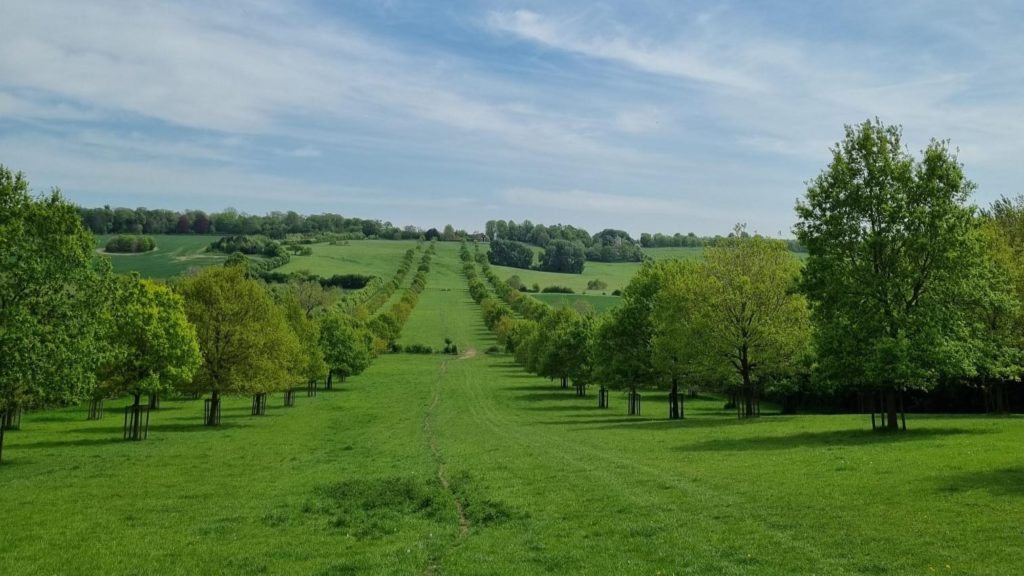There’s a growing recognition of the importance of environmental responsibility and the need for everyone to reduce their environmental impact overall. By carrying out regular sustainability audits, your organisation can assess its carbon footprint.
A Sustainability Audit is a process which evidences an organisation’s performance in relation to its goals to be more sustainable.
Dickon Leigh-Wood, the Rothschild’s Foundation’s Sustainability Lead, explains the approach he takes in undertaking a Sustainability Audit. He also includes some top tips for other Voluntary, Community and Social Enterprise (VCSE) organisations when beginning their own Sustainability Audit.
How did we approach our Sustainability Audit?
At Waddesdon we identified everything that we look after and we are honoured to be custodians for field, woods, streams, buildings as well as run a visitor attraction. These assets affect four of the natural world cycles – climate, water, land, and biodiversity.
Where did we go to find Sustainability data?
- Climate – we measured greenhouse gas emissions in accordance with the GreenHouse Gas (GHG) Protocol.
- Water- we measured through our consumption and where and what is in our wastewater.
- Land- we measured soil health through bacteria colonies and fungal networks.
- Biodiversity- we recorded types and quantities of species.
Where exactly do you go for climate data?
Climate emissions are split into 3 scopes.
- Scope 1. The fossil fuels your organisation uses. For example, heating, vehicle fuel, and air conditioning gases.
- Scope 2: Your electricity consumption.
- Scope 3: Your supply chain.
The key area that most organisations will be able to effect is within Scope 1 and 2. For example, car sharing or turning off lights. In Scope 3 you have no direct control and therefore can only influence change.
Suggested data collections:
- Heating. This will most likely be natural gas or oil. Start by finding your energy bills and look for the kilo Watt hours (kWh) or litres.
- Fuel consumption: either record the number of miles you drive in a year or if possible, the number of litres that you buy.
- Electricity: use your bills and search for the kWh.
What do I do once I have the raw data?
Once you have obtained your data, a software package can automatically convert into Greenhouse Gas (GHG) emissions or calculate manually using Greenhouse gas reporting: conversion factors 2023 –
This will give you a figure of carbon dioxide or equivalent. (CO2e) This figure on its own is rather arbitrary unless you put against a benchmark for example revenue, or floor area or full-time employees. For example 33kg CO2e/£1000 of revenue
How can I tell if we’re succeeding?
In summary, I’d recommend implementing some energy reduction ideas and continue to capture the data. At the end of the year work out your emissions total and compare it to the benchmark.











